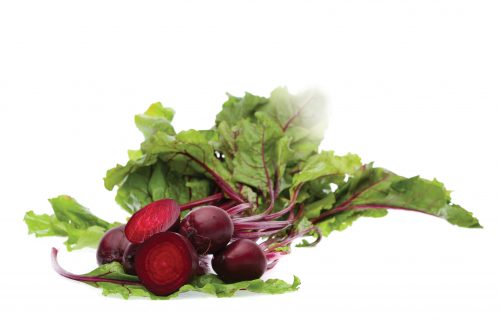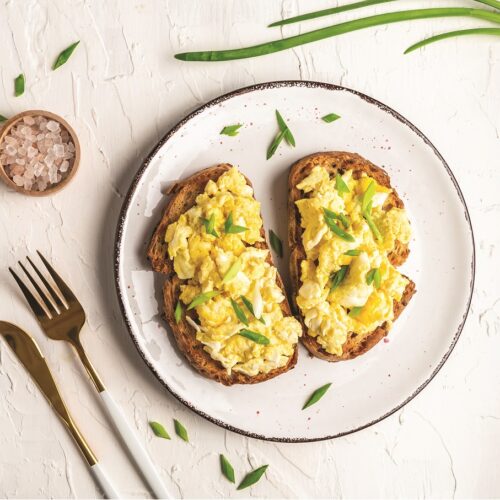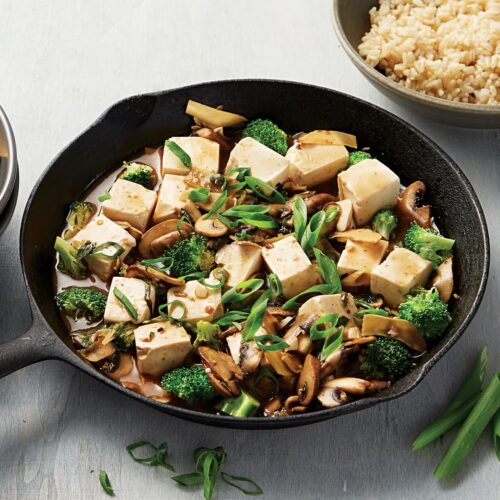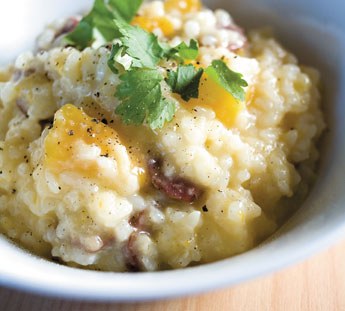
Beetroot
This root vege is a firm Kiwi favourite and some believe that a burger without cooked, sliced beetroot — usually out of a can — is not worth eating.
Fresh beetroot is readily available, you can buy it all year ‘round, but is most plentiful over summer. It is also much more versatile than you might think. In New Zealand we tend to eat only the root but in other parts of the world the leaves are eaten, too. You can use them in the same way you would spinach.
This native vegetable of southern Europe pops up throughout history. It was used by the Victorians to dye their hair and in 1975 it went all space-age. When Soviet cosmonauts welcomed their US counterparts aboard their craft during the Apollo-Soyuz Test Project, they offered them beetroot soup (borscht) in paste form served in tubes. As a joke the Soviets put ‘vodka’ labels on the tubes so they could toast to their mission.
There are several varieties available here — roots vary in shape from cylindrical to round. There’s also a golden beet but we don’t see many of those.
The world’s heaviest beetroot, according to The Guiness Book of Records, weighed 23.4kg and was grown in Britain in 2001.
These veges can be eaten raw, pickled or cooked. They are a staple on café menus, usually roasted, raw in salads or juiced. Beetroot contain fibre and are a good source of folate.
The red colour is from antioxidants called betalains (which can turn your urine pink if you eat a lot of them).
Buy
Choose deep red, smooth, firm beets. If the leaves are still attached, they should be bright green and firm, not floppy. It’s best to buy small amounts regularly to ensure they’re fresh.
Store
Keep beetroot in the crisper drawer of your fridge.
Cooking tips
- When boiling, keep the skin on. Cut it and the beetroot will bleed its colour. If you are microwaving, however, piercing is a must — otherwise you’ll have a big, red explosion!
- Baby beetroots are sweeter than mature veges, so are great in salads.
- Add grated beetroot to your baking for a bit of extra fibre.
Recipe ideas
Beetroot dip
Creamy roasted beetroot and chive risotto
Beetroot and thyme chips
Feijoas
About the size and shape of an egg, feijoas have a distinctive, perfume-like smell. The flavour of the juicy seed pulp inside is sweet but slightly astringent with a gritty texture nearer the skin.
Feijoa season spans from mid-March to June and again in November through to December. Its evergreen tree produces a brilliant red flower that contains four to six fleshy white petals that are mildly sweet and edible.
Native to South America, the feijoa was introduced to New Zealand in the 1920s.
Buy
As the skin remains green, it’s difficult to say when the fruit is mature from the outside. The best indicator of ripeness is the flesh inside. A ripe feijoa will have a clear, jelly-like seed pulp, whereas a white pulp means it is unripe.
Store
Feijoas are best ripened at room temperature. Once ripe, they will keep for up to five days in the refrigerator.
Nutrition
One medium-sized feijoa delivers about 80kJ, 1.3g fibre and is a good source of vitamin C.
Cooking tips
- Scoop out the seed pulp and place in ice cube trays. Use frozen ice cubes to flavour drinks.
- The skin can be used in preserves or to make flavoured vinegars or cider.
- Add the edible white petals from the feijoa tree to a salad.
Recipe ideas
www.healthyfood.com










